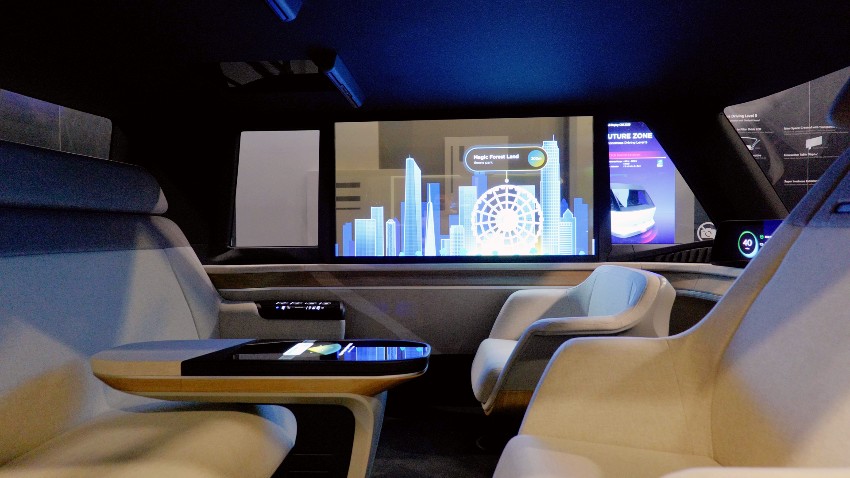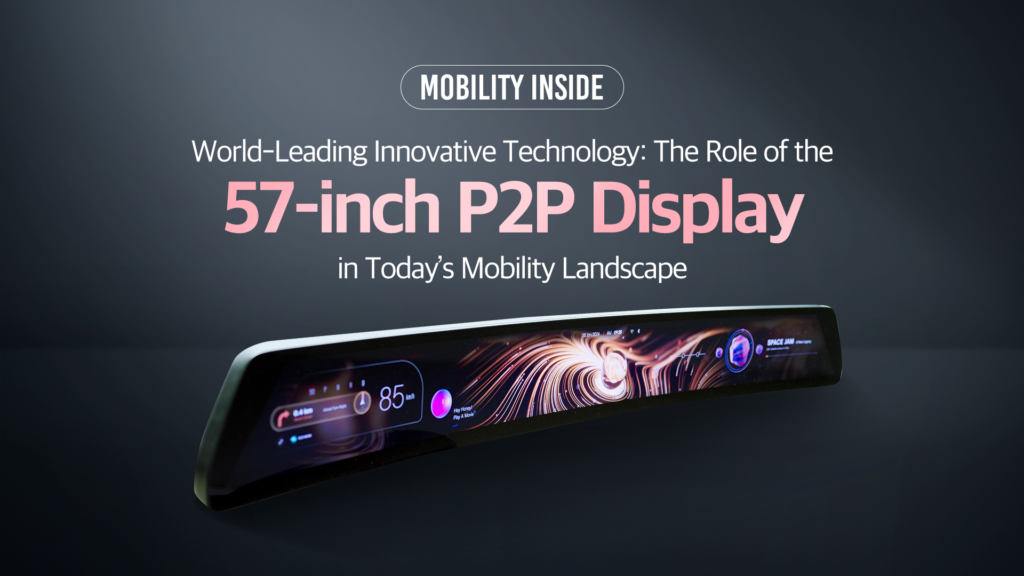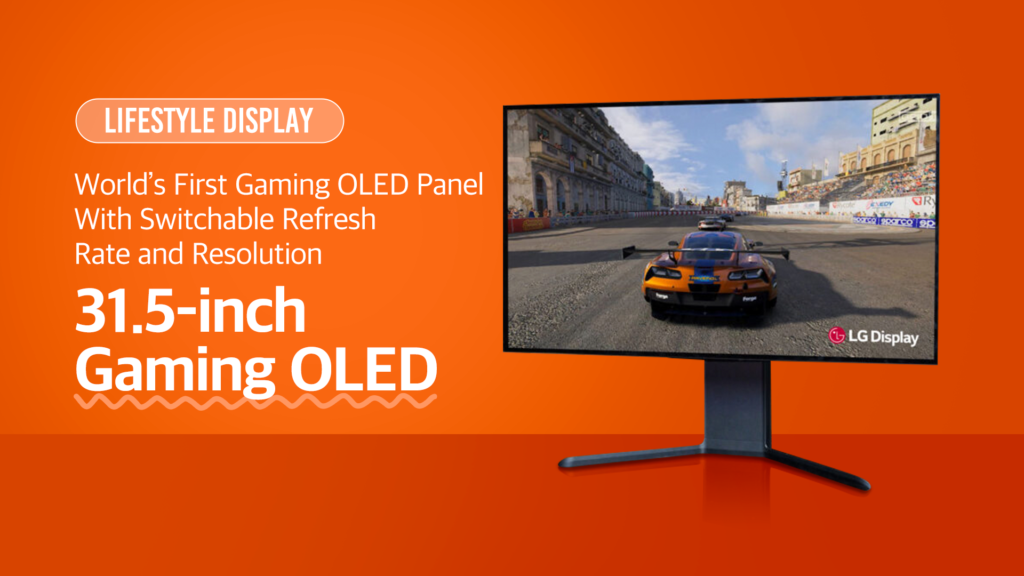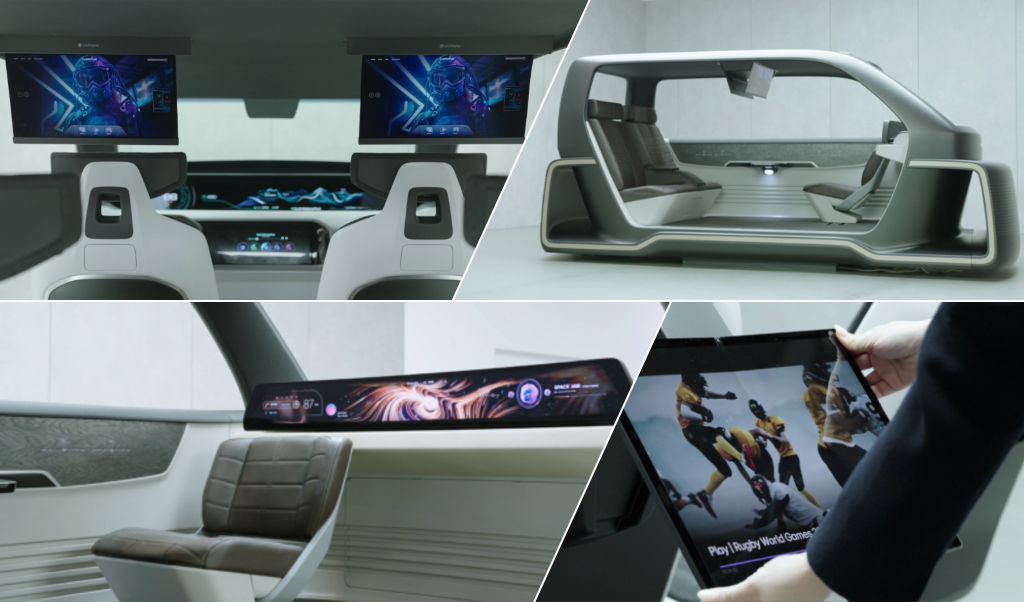By Alex Jensen
Pick an industry and you’ll find a trendsetter leading the way, both anticipating and helping to create the future. Such companies generally adopt long-term strategies, looking beyond uncertainties such as those currently gripping the world.
In this case, let’s consider the display industry. It might seem that we stand at a junction between rapid advancement and the unknown, having gone from bulky TVs, monitors, and mobile devices to sleek, flexible screens of all practical sizes. And yet, an industry trendsetter will already be answering the question: where do we go from here?

A history of forward thinking
LG Display has for years been trendsetting behind the products that consumers see on store shelves and online. A compelling example is that of the panels it makes for OLED TVs, which were only first commercialized a decade ago. LG Display had seen an opportunity to create a new large-sized screen technology based on self-emissive pixels, which would both allow for vivid picture quality and slim TV designs.
Experts were quick to realize what the company saw, when back at CES 2012 the first 55-inch OLED TV was quite literally unveiled. And then came the bold forecast that “OLED is the future.” Just to underscore the accuracy of this prediction, OLED’s premium TV market share is expected to rise from last year’s 36.7% to 53.5% by 2024, according to market watcher Omdia cited by Korean media on March 28.
Celebrating the 10th anniversary of OLED TVs this year, LG Display has been responsible for most of their panels since 2013. It has thereby helped to ensure that millennials who grew up watching their favorite shows on an imposing black box can now enjoy slim and sleek OLED screens that seem to melt into their surroundings – and that’s not even getting into superior colors, contrast, viewing angles, and so on.
The company has kept its trendsetting position by continually advancing what OLED TVs are is capable of, as I explored in my recent review of the last decade, including the ever-expanding form factors that have made innovations like Rollable and Bendable OLED possible – and most recently, the “very smart” META Technology introduced at CES 2023. Moreover, as the world becomes increasingly conscious of climate protection and personal wellbeing, LG Display has been repeatedly recognized for delivering eco-friendly and eye comfort benefits – raising the industry bar and encouraging others to raise their game.
A future filled with screens
But back to that question of what happens next. LG Display’s strategy clearly points to a future in which screens are even more embedded in our lives – in our homes, workplaces, transportation, and various other public venues. I recall also that this expectation has support from Deloitte’s Future of Screens report.

Speaking of LG Display’s strategy, the company recently highlighted several areas of focus going forward. In addition to the continued development of OLED TV panels, LG Display has also stressed the importance of various other OLED applications. Let’s start with automotive displays. The company was hailed for potentially changing the way we think about cars with its showing at CES 2023, including the industry’s first 18-inch Slidable Automotive OLED panel. And take note that Omdia is also backing the Automotive OLED market, which is led by LG Display, forecasting that it will expand from around US$270 million this year to US$1.4 billion in 2029, according to another Korean report on April 16.
Moreover, LG Display sees “high growth potential” in Transparent and Gaming OLED panels. It’s no secret that the gaming industry’s huge. According to Omdia on April 9, spending by gamers could reach US$215 billion by 2027. And Gaming OLED proves just how versatile OLED pixels are because they deliver an ultra-smooth gaming experience with a response time of just 0.03ms and a maximum refresh rate of 240Hz. That means “smaller” OLED TVs in the 42 to 48-inch range often double up as great gaming displays. But then, again as we saw at CES 2023, you can step up to a Curved OLED display, which is officially the best display for gaming. And once gamers get used to Gaming OLED’s qualities, there’s no turning back – just ask one of the world’s top esports teams, DRX.
As for Transparent OLED, it has enjoyed a steady expansion into retail, mobility, and art. We can also add that this technology just landed at Incheon International Airport, including a gigantic wall made up of 18 Transparent OLED displays. But honestly, as I suggested before, I don’t think we’ve really scratched the surface of the potential for this technology, which offers up to 45% transparency and can essentially replace regular glass windows and partitions and transform living and working spaces.
So, there is enormous potential there for the display industry. It’s a case of not only considering tech advances but also growing applications. For consumers, this will no doubt feel like a seamless evolution – but such transitions are driven by transformative decisions by industry trendsetters.









